
Kaaz, Nicholas
Graduate Student
Advisor: Sasha Tchekhovskoy

Graduate Student
Advisor: Sasha Tchekhovskoy
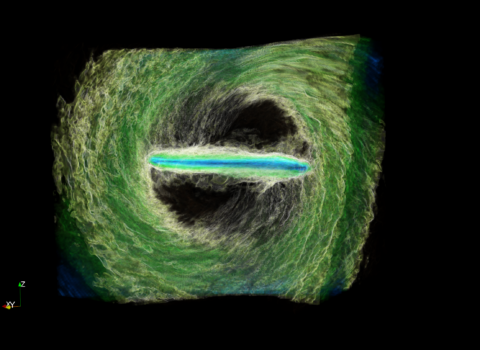
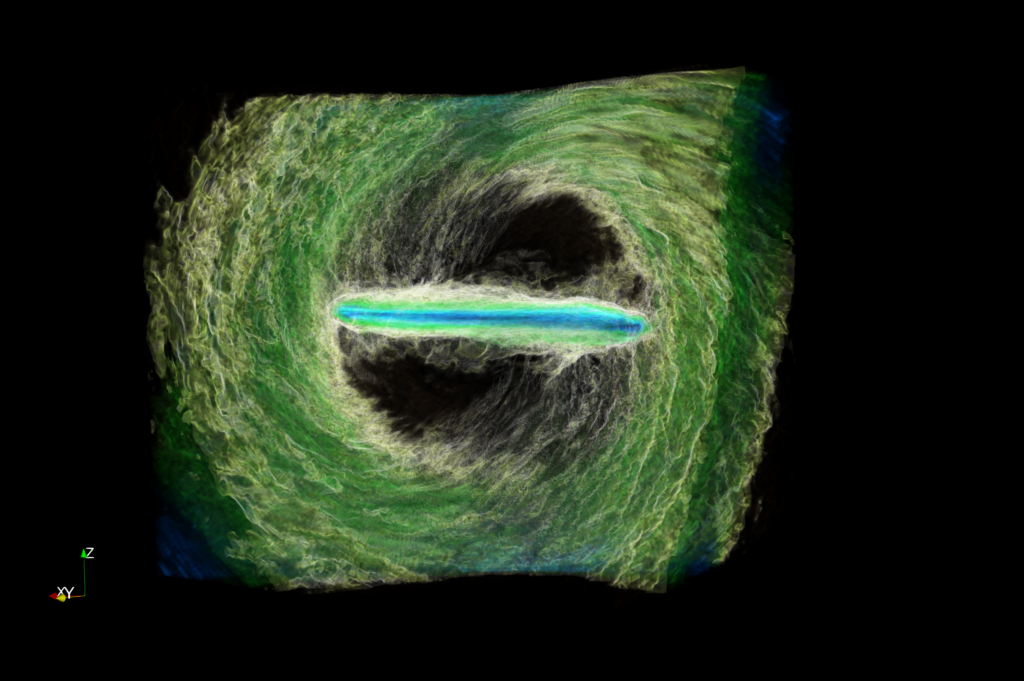
Simulated image of an accretion disk, the violent whirlpool of gas that encircles a supermassive black hole, broken apart into inner and outer rings. According to new high-resolution 3D simulations, spinning black holes twist up the surrounding space-time, ultimately ripping apart the violent whirlpool of gas (or accretion disk) that encircles and feeds them. This
A. Tchekhovskoy/Nick Kaaz/Northwestern University
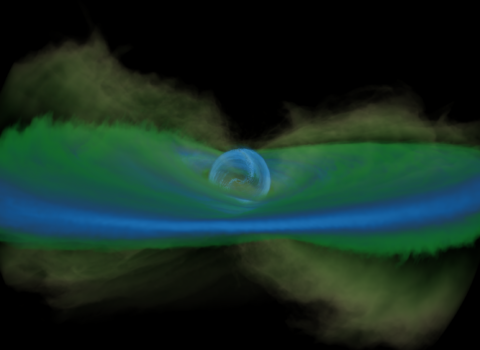

Simulated image of an accretion disk, the violent whirlpool of gas that encircles a supermassive black hole, broken apart into inner and outer rings. According to new high-resolution 3D simulations, spinning black holes twist up the surrounding space-time, ultimately ripping apart the violent whirlpool of gas (or accretion disk) that encircles and feeds them. This
A. Tchekhovskoy/Nick Kaaz/Northwestern University
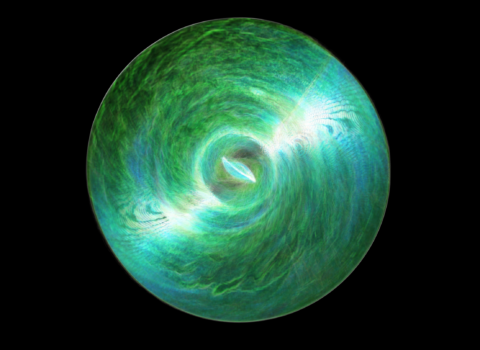
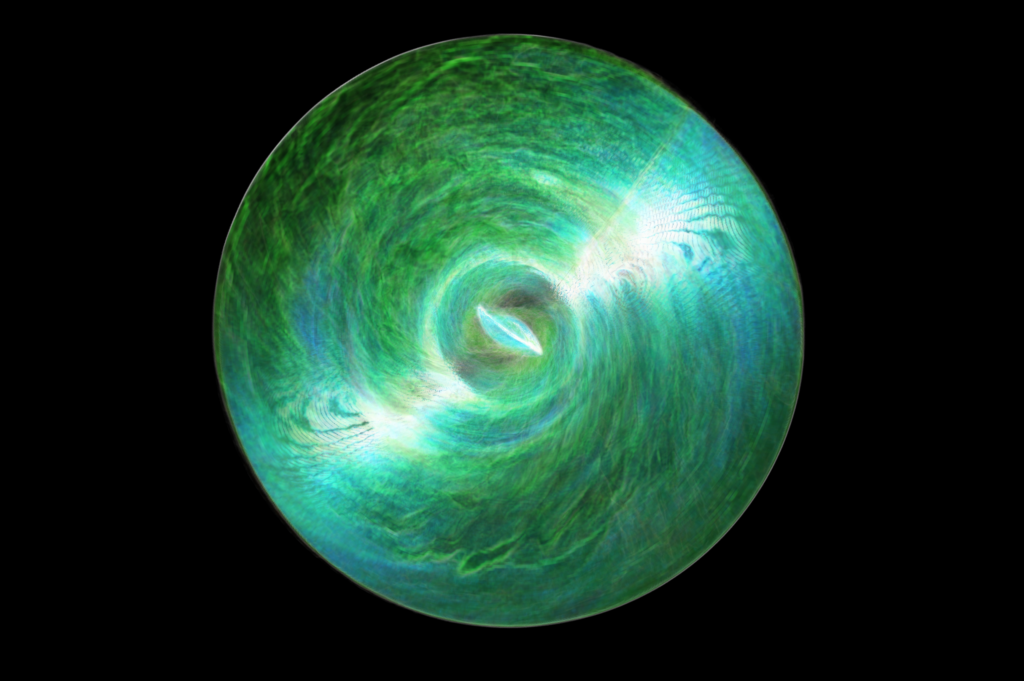
Simulated image of an accretion disk, the violent whirlpool of gas that encircles a supermassive black hole, broken apart into inner and outer rings. According to new high-resolution 3D simulations, spinning black holes twist up the surrounding space-time, ultimately ripping apart the violent whirlpool of gas (or accretion disk) that encircles and feeds them. This
A. Tchekhovskoy/Nick Kaaz/Northwestern University
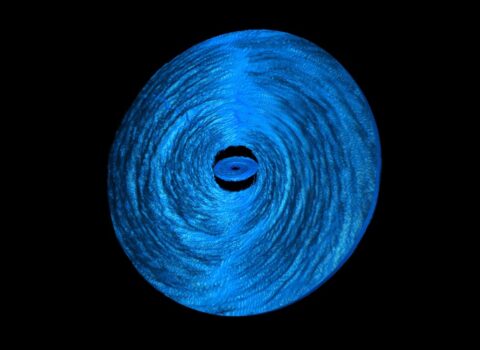
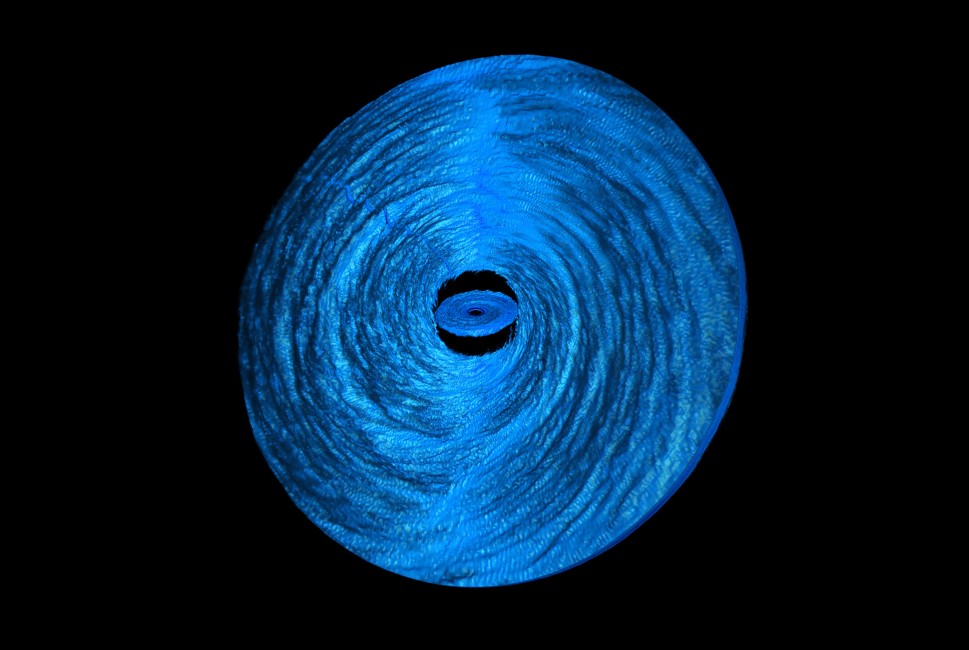
Simulated image of an accretion disk, the violent whirlpool of gas that encircles a supermassive black hole, broken apart into inner and outer rings. According to new high-resolution 3D simulations, spinning black holes twist up the surrounding space-time, ultimately ripping apart the violent whirlpool of gas (or accretion disk) that encircles and feeds them. This
A. Tchekhovskoy/Nick Kaaz/Northwestern University
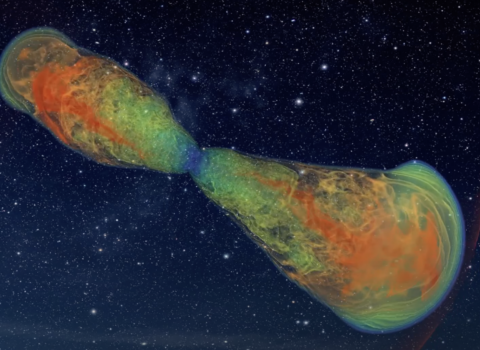
When massive stars collapse into black holes, they may create powerful outflows (or jets) of particles traveling close to the speed of light. New simulations model this process — from the time the star collapses into a black hole until the jet escapes. For the first time, the simulations show that the cocoon of stellar
Ore Gottlieb/Northwestern/CIERA
